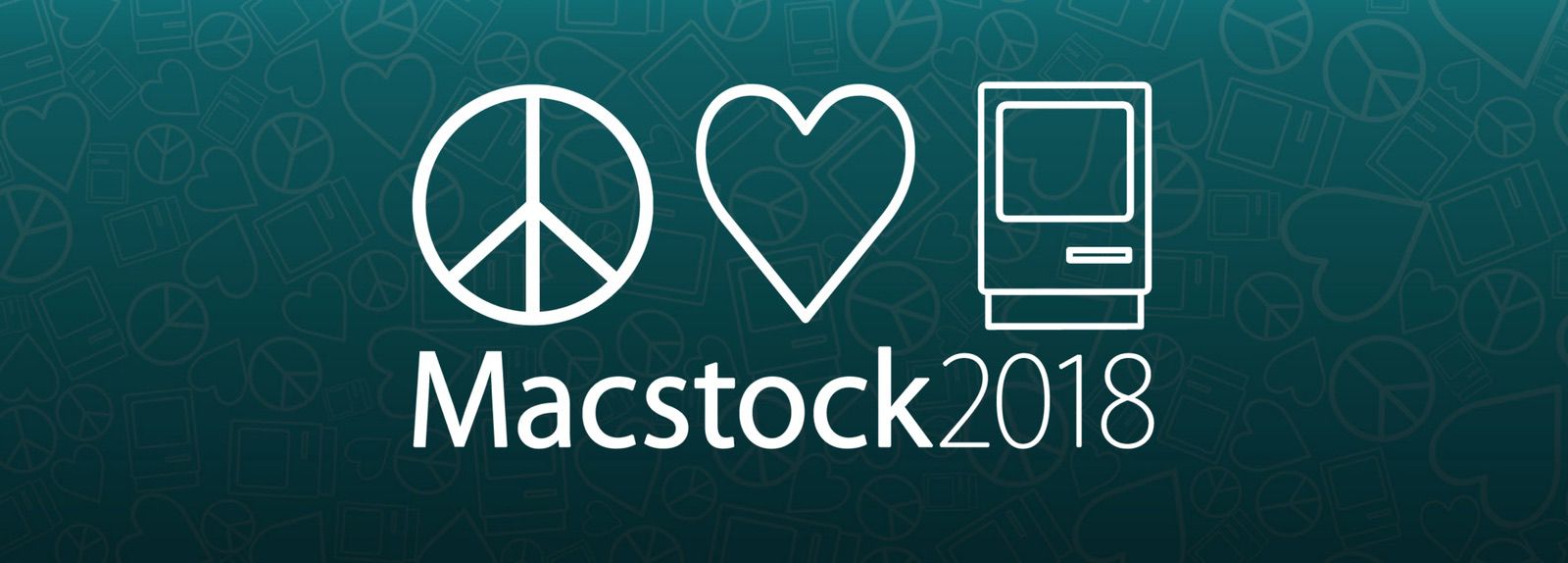
Syncing files over my private P2P encrypted network using Syncthing and Tailscale. I use a combination of Apple Time Machine and Arq.

Files on disk can also be backed up independently. no mobile apps or web UI, but I use OneDrive for those files that I need to share or access elsewhere. This means most of my files are entirely private and encrypted and can sync very fast over my local network. Indeed, for privacy reasons I have been using Syncthing connected over a private P2P network using Tailscale. The app may provide its own sync service, but I want the option to choose Dropbox, Google Drive, iCloud Drive or some other system. This is how I was keeping a backup of all my Apple Notes.Īnother advantage of using files on disk is that I can control how they sync.
#NVALT HACK DOWNLOAD#
The only way around this is using the Apple Privacy data download service which allows you to export Apple Notes as HTML with their associated attachments. In the latest macOS releases, there are even restrictions on accessing the directory!Īpple Notes doesn’t have an export option except individual notes as PDFs. It’s usually dangerous to meddle with app files like this. They are contained in a SQLite database in ~/Library/Group Containers/ alongside attachments and images organised by internal note IDs.

I can’t easily see or edit the individual notes on disk to make backups or export. This worked better (until the bugs started appearing), but is a proprietary database format. The “new” Apple Notes app moved away from IMAP to iCloud sync. Backlinks showing up at the bottom of a note in Craft. Cross-linking between notes is therefore a requirement for me. The magic is that it happens automatically when you use the same phrasing or keywords. The main benefit is being able to discover unlinked references to other notes you’d forgotten.

This has never been possible in Apple Notes – each note is independent, and remains so even in the latest release – but products like Roam Research have made this technique popular. In recent years, the idea of cross-linking, backlinks and wiki-style linking has become common. This is the best way to ensure the files are accessible into the future and can be migrated to different apps if necessary. Markdown is a well understood format that has many apps that can edit and render on any platform. This means using Markdown formatting saved to a plain text file. I’d like to be able to embed images (files managed by the app), make lists and include headings to structure the notes. I want to write my notes in plain text with basic formatting. Requirements for a note taking app Simplicity + Cross Linking

#NVALT HACK FOR MAC#
The best note taking apps for Mac are Craft, Obsidian, Logseq and iA Writer. This is an updated blog post (Jun 2022) that reviews the last few years of trying different note taking apps and what I finally ended up switching to. I had already started a search for an Apple Notes alternative that used Markdown, was cross platform, and allowed me to control the source files. Having enjoyed Apple’s minimalist approach to the new Notes app launched as part of the 2016 release of iOS 9 and OS X 10.11, and having built up >1k notes ranging from book highlights to saved web pages to meeting notes to journal articles, bugs in iOS 13 and macOS 10.15 triggered my search for alternatives.Īpple sorted out a lot of those issues in subsequent releases – sync bugs, search bugs, crashes – but it was too late.
#NVALT HACK SOFTWARE#
Tags: Productivity.īack in Nov 2019 when I first wrote this blog post, the context for rethinking my note taking setup was based around growing problems with Apple’s software quality. Published Novem(updated: June 18, 2022) in Productivity. The best note taking apps for Mac - markdown, open format, cross platform Skip to content David Mytton Start Here About David Publications Media Appearances Sustainable Computing I Use Reading Subscribe Contact Search The best note taking apps for Mac – markdown, open format, cross platform


 0 kommentar(er)
0 kommentar(er)
